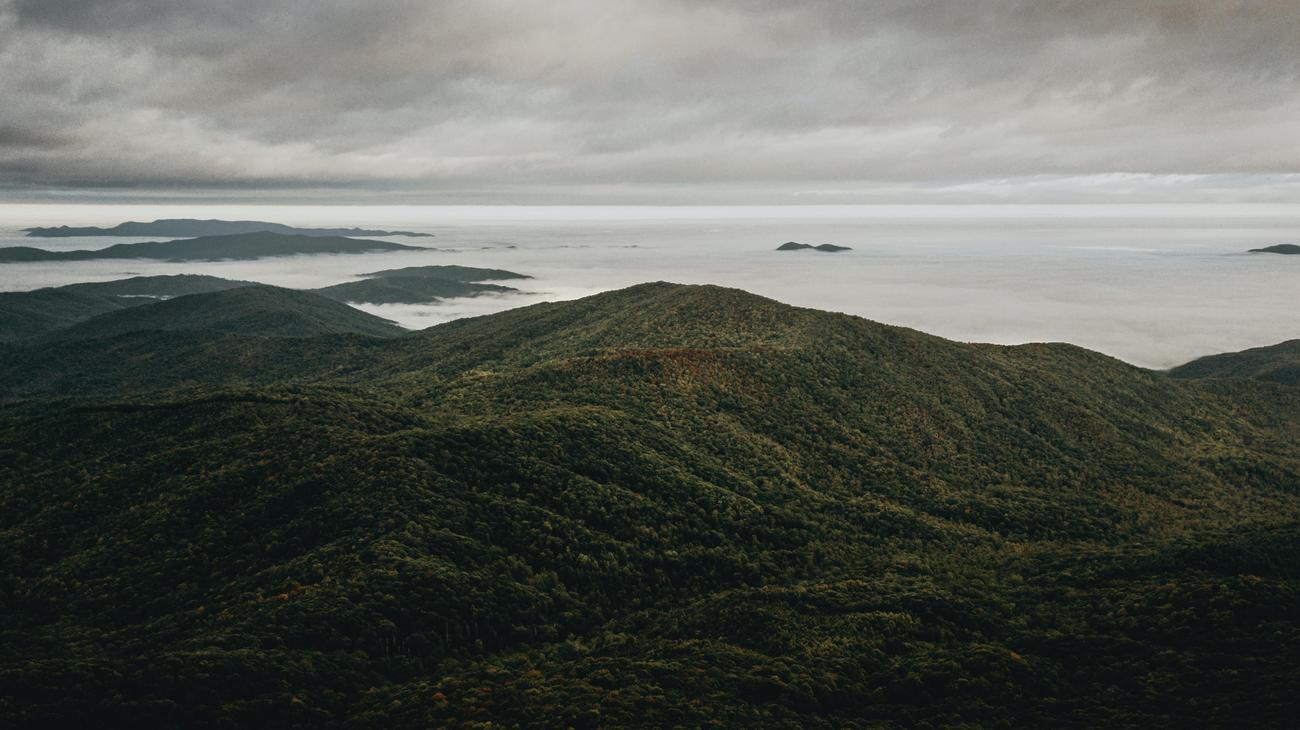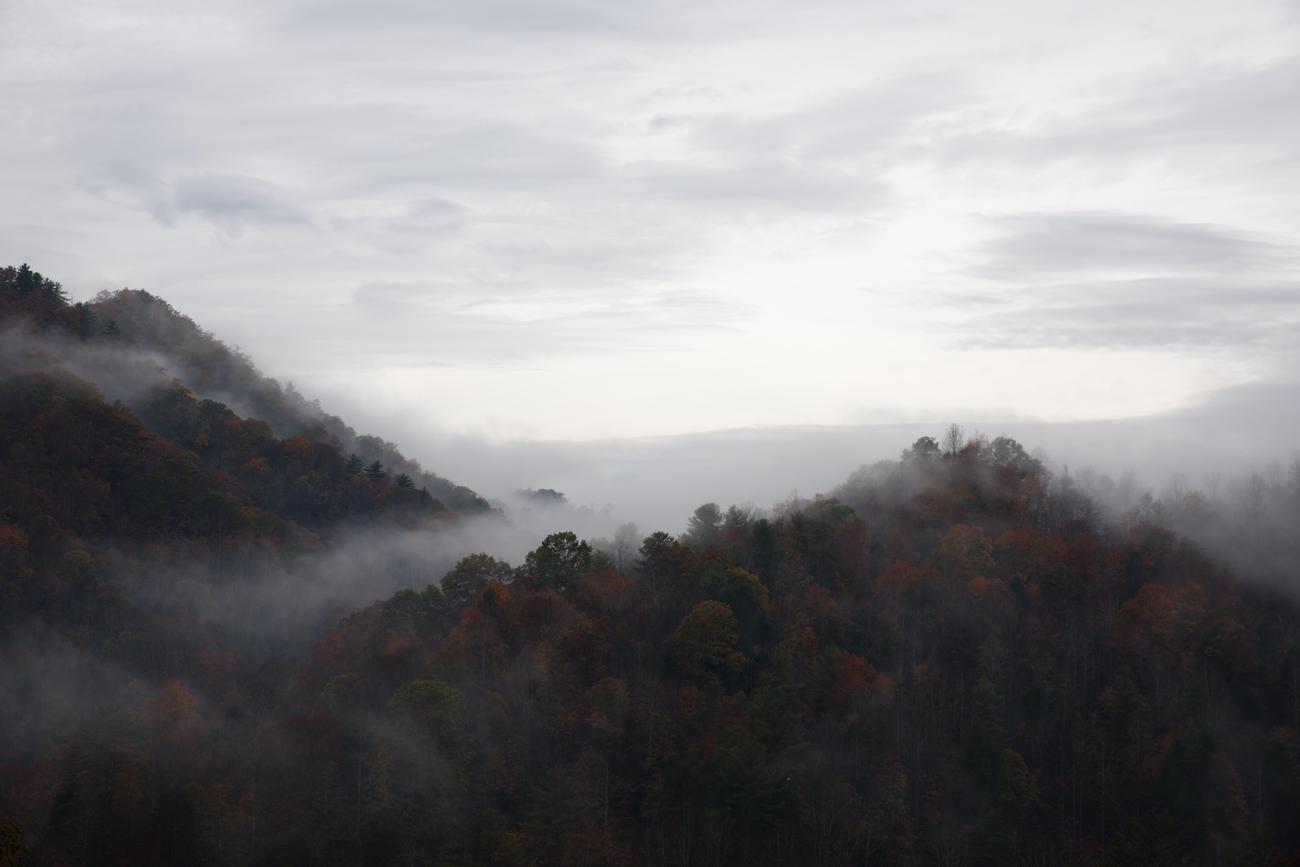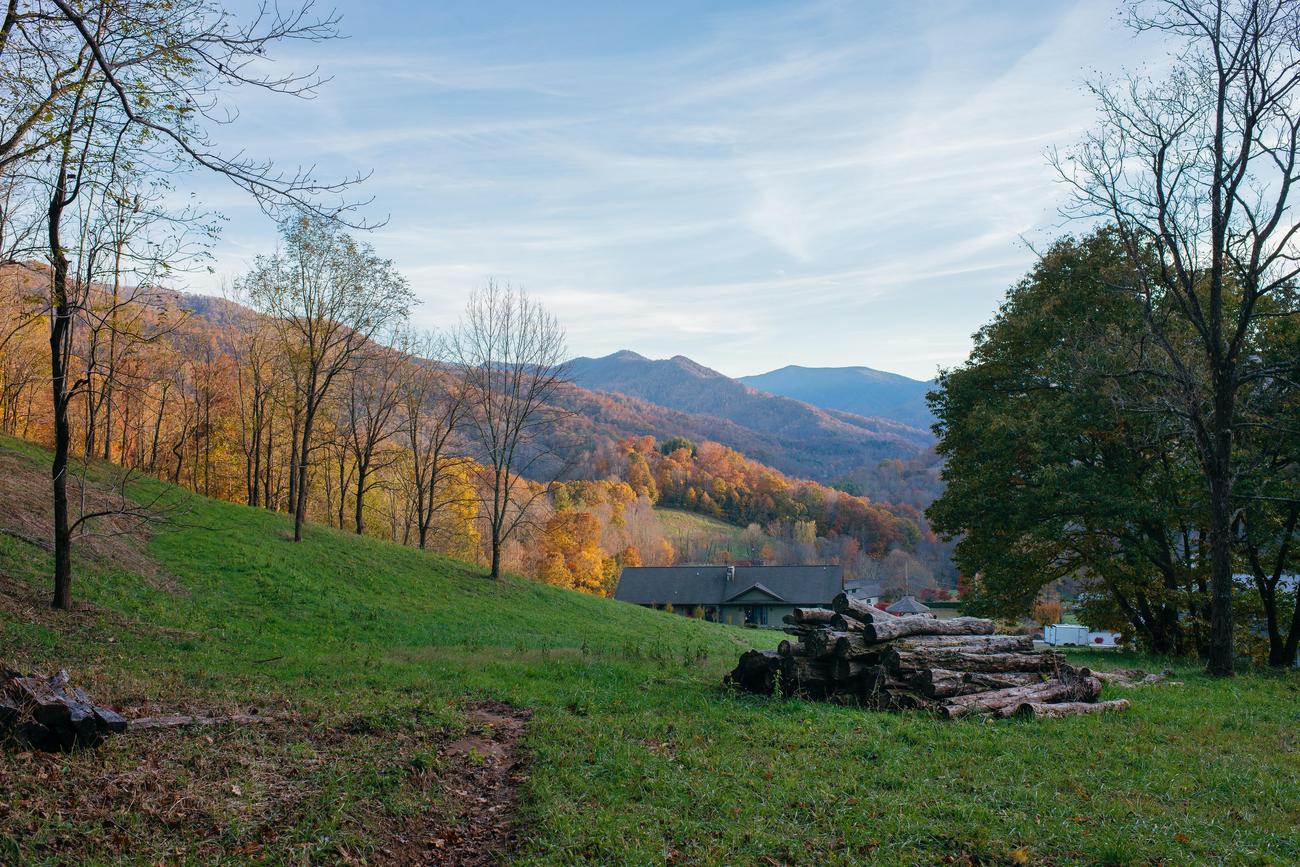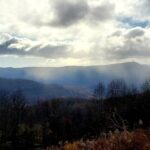Unraveling the Mystery: Why Are the Blue Ridge Mountains Blue?

Curiosity and wonder surround the breathtaking Blue Ridge Mountains, located in the eastern United States. Cloaked in a mystical bluish hue, these majestic peaks have intrigued both locals and visitors alike for centuries, leaving them pondering the age-old question: why are the Blue Ridge Mountains blue? As an environmental journalist with a deep reverence for the natural world, I am humbled by the opportunity to dive into this captivating phenomenon and uncover its secrets. With a unique blend of scientific expertise and storytelling finesse, I will take you on a fascinating journey of exploration, unlocking the mysteries that lie beneath the surface of these renowned mountains. Together, let’s embark on an adventure to understand the origins of the Blue Ridge Mountains’ enchanting blue hue and embrace the awe-inspiring wonders of our planet.
Why Are the Blue Ridge Mountains Blue?
The Blue Ridge Mountains have long captivated the imagination with their mystical blue hue. But have you ever wondered why these stunning mountains appear so remarkably blue? Prepare to be amazed as we dive into the fascinating world of why the Blue Ridge Mountains are blue.
The Mysterious Blue Haze
The Blue Ridge Mountains, spanning across several states, have earned their name for a reason. From their ancient origins to the present day, the captivating blue haze that envelops these mountains has bewitched travelers and intrigued scientists alike. But what is the secret behind this ethereal phenomenon? Let’s find out.
A Symphony of Science and Nature
The blue hue of the Blue Ridge Mountains is not merely a coincidence; it is the result of a harmonious collaboration between physics, chemistry, and biology. Native trees in the mountain range emit a chemical called isoprene, which acts as a magical brush, painting the mountains in shades of blue.
The Sun’s Role
Picture this: rays of sunlight streaming down from the sky, cascading over the Blue Ridge Mountains. As the light interacts with the isoprene emitted by the trees, it encounters a scattering effect. But why blue? It turns out that shorter wavelengths, such as blue, scatter more easily than longer wavelengths like red. This scattering of blue light throughout the mountains gives them their distinctive blue appearance.
A Breath of Fresh Air
Have you ever stopped to appreciate the role trees play in our environment? The native trees of the Blue Ridge Mountains certainly deserve recognition. Their emission of isoprene not only contributes to the mountains’ blue hue but also provides an essential service to the surrounding ecosystem. Isoprene helps protect trees from environmental stress and regulates temperature, ensuring a healthy and thriving environment for the mountains’ flora and fauna.
“Isoprene acts as an artist’s brush, painting the Blue Ridge Mountains in stunning shades of blue.”
A History Shrouded in Mystery
The Blue Ridge Mountains are not just a feast for the eyes. They hold a rich history, dating back thousands of years. The Cherokee Indians named the mountains “Sa-koh-na-gas,” which fittingly translates to “blue.” Even notable figures such as George Washington and Thomas Jefferson found solace in the majestic beauty of these mountains. Their allure has stood the test of time, captivating the hearts and minds of generations.
A Place for Every Creature
The Blue Ridge Mountains are not just a dream destination for nature enthusiasts; they are a sanctuary for a diverse range of wildlife. From black bears to salamanders and migratory birds, these mountains harbor a wealth of animal species. Exploring the Blue Ridge Mountains is like stepping into a natural paradise, where every corner reveals a new marvel of the animal kingdom.
Challenges in the Modern Era
While the beauty of the Blue Ridge Mountains remains awe-inspiring, their visibility has been significantly impacted by air pollution. Over the past five decades, the once crystal-clear views have given way to smoky spectacles. A stark reminder of the environmental challenges we face. As we strive to preserve the unique wonders of the Blue Ridge Mountains, let us also work towards ensuring a cleaner and healthier future for all.
“The Blue Ridge Mountains, a haven for wildlife and a source of inspiration for generations, now face challenges in the modern world.”
A Pristine Paradise
Despite the challenges they face, the Blue Ridge Mountains continue to draw in visitors from near and far. The breathtaking scenic parkway winds its way through this enchanting landscape, offering glimpses of untamed nature and unparalleled beauty. Whether you’re an avid hiker, a lover of history, or simply someone seeking solace in nature’s embrace, the Blue Ridge Mountains welcome you with open arms.
The Blue Ridge Mountains are a testament to the wonders of our planet. Through a delicate dance of nature and science, they have earned their ethereal blue hue. So, the next time you gaze upon these majestic mountains, remember the secrets they hold and the responsibility we have to cherish and preserve them for generations to come.
“The Blue Ridge Mountains, where science and nature intertwine, leave us with a lasting sense of awe and wonder.”
The Blue Ridge Mountains are a fascinating destination with a rich history and breathtaking natural beauty. If you’re curious about discovering fun facts about the Blue Ridge Mountains, look no further! We’ve compiled an exciting list of intriguing information that will leave you wanting to explore even more. From the highest peak to unique wildlife, you’ll be amazed by what you’ll learn. So grab your hiking boots and click here to dive into the world of fun facts about the Blue Ridge Mountains!
Check out our article on fun facts about the Blue Ridge Mountains: Fun Facts About the Blue Ridge Mountains.
The Science Behind the Blue Hue of the Blue Ridge Mountains
[youtube v=”NHMZwaopAaI”]
The Unique Chemistry That Creates the Blue Appearance
The Blue Ridge Mountains in western North Carolina are known for their mesmerizing blue hue. But have you ever wondered why these mountains appear blue? The answer lies in a fascinating collaboration between physics, chemistry, and biology.
Native trees in the Blue Ridge Mountains emit a chemical compound called isoprene. This compound, when exposed to sunlight, causes blue light to scatter more easily than other colors in the light spectrum. As a result, we perceive a soft dreamy blue haze that envelops the mountains, giving them their unique appearance. Dr. Howard Neufeld, a tree expert, explains, “As trees soak up CO2, they also emit one of the key ingredients of ground-level ozone, a potentially dangerous pollutant.”
The Role of Isoprene in the Ecosystem
While the emission of isoprene by trees may contribute to the blue hue of the mountains, it also plays a vital role in the surrounding ecosystem. Isoprene acts as a form of communication between plants, serving as a pheromone that signals distress, repels or attracts insects, and even offers protection. It’s just like the smell of freshly cut grass or the classic scent of a Christmas tree – both are examples of volatile organic compounds (VOCs) that contribute to the blue haze in the mountains.
The Impact of Air Pollution on the Blue Hue
Although the Blue Ridge Mountains have a rich assortment of trees, the area has not escaped the impact of air pollution. In the mid-90s, ozone levels in parts of the mountains began to rival those found in big cities like New York and Atlanta. The culprit? Imported pollution from coal-producing regions, combined with emissions from vehicles that flooded the mountain roads due to the influx of tourists.
A Turning Point for the Blue Ridge Mountains
Fortunately, measures have been taken to address the air pollution issue. The Clean Air Act, implemented by states, placed limits on the release of sulfur dioxide and nitrogen dioxide from power plants and car tailpipes. This regulatory action played a significant role in curbing pollution and gradually bringing back the blue beauty of the mountains.
With the transition to cleaner forms of energy, such as natural gas and renewables, coal-fired plants are gradually being phased out. The shift is visible in the reduced air pollution and the clearer visibility of the mountains on a clear day. While there is still progress to be made, the reduction in coal production and the enforcement of air quality regulations serve as a reminder that we have the power to protect and preserve our natural wonders.
In conclusion, the blue hue of the Blue Ridge Mountains is not only an aesthetic wonder but also a testament to the delicate balance of nature. It is a result of the collaboration between physics, chemistry, and biology, showcasing the remarkable interconnection between different scientific disciplines. The preservation of this natural beauty is a shared responsibility and a reminder of the importance of safeguarding our environment for future generations. As Joe beautifully puts it, “The Blue Ridge Mountains serve as a reminder of the responsibility to cherish and preserve our natural wonders.”

FAQ
Q: Why are the Blue Ridge Mountains blue?
A: The Blue Ridge Mountains appear blue due to a chemical called isoprene emitted by native trees. Isoprene scatters blue light from the sun, giving the mountains their characteristic blue hue.
Q: Where are the Blue Ridge Mountains located?
A: The Blue Ridge Mountains span several states, including North Georgia, Tennessee, South Carolina, North Carolina, Virginia, West Virginia, Maryland, and Pennsylvania. They are part of the larger Appalachian Mountains range.
Q: Why are the Blue Ridge Mountains often covered in a blue haze?
A: The blue haze that rests over the Blue Ridge Mountains is caused by a combination of physics, chemistry, and biology. It creates a perception of mist and adds to the captivating beauty of the mountains.
Q: What is the highest peak in the Blue Ridge Mountains?
A: The highest peak in the Blue Ridge Mountains is Mount Mitchell, which stands at an elevation of 6,684 feet. It offers breathtaking views of the surrounding landscape.
Q: How has air pollution affected the visibility in the Blue Ridge Mountains?
A: Unfortunately, the visibility in the Blue Ridge Mountains has significantly degraded in the last 50 years due to air pollution. This issue poses a threat to the natural beauty of the mountains and the enjoyment of visitors.
- Mastering Leader in Spanish: The Complete Guide - April 19, 2025
- Uncovering Surprising Parallels: England Size Compared to US States - April 19, 2025
- Old Mexico Map: Border Shifts 1821-1857 - April 19, 2025
















